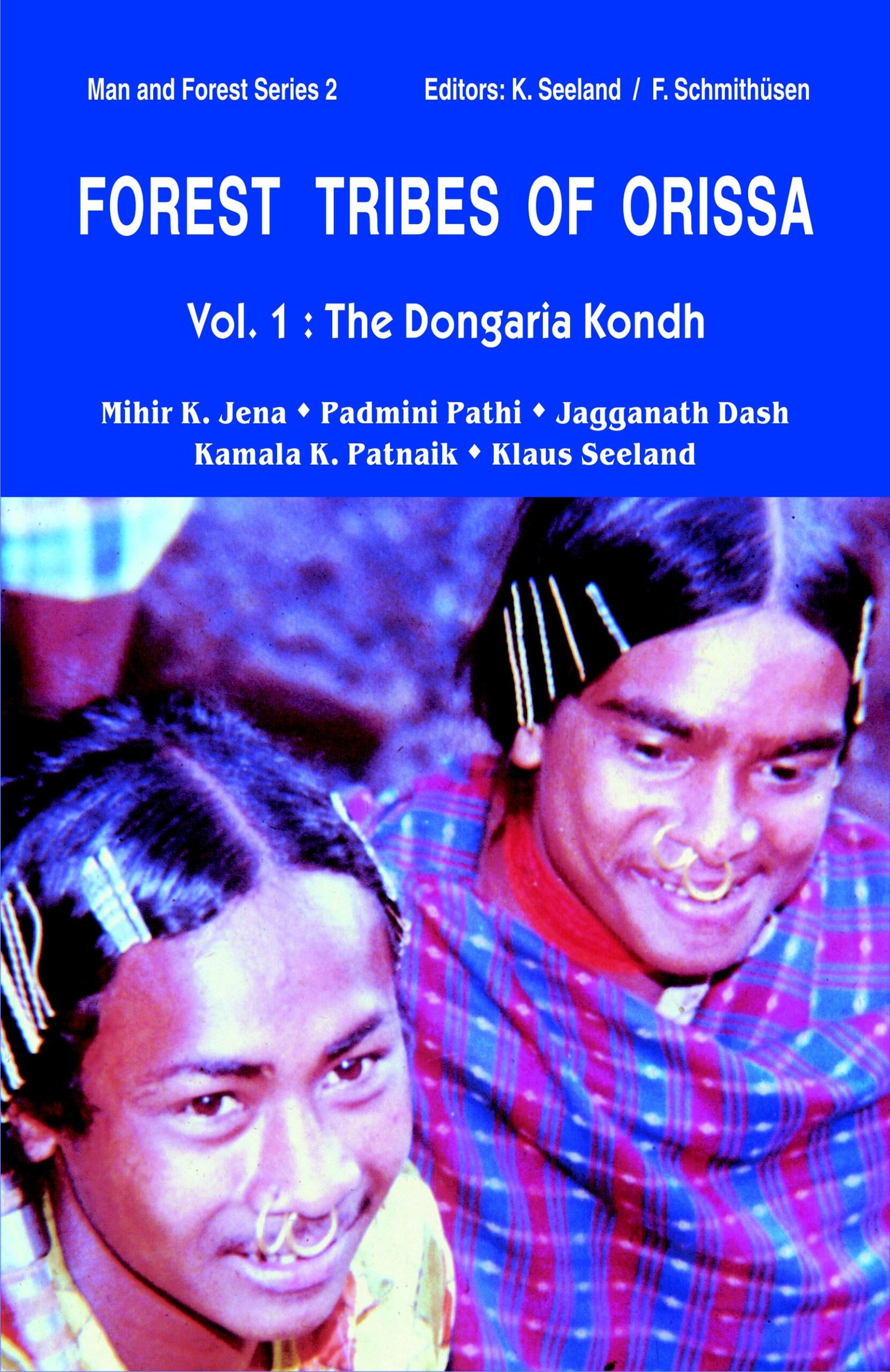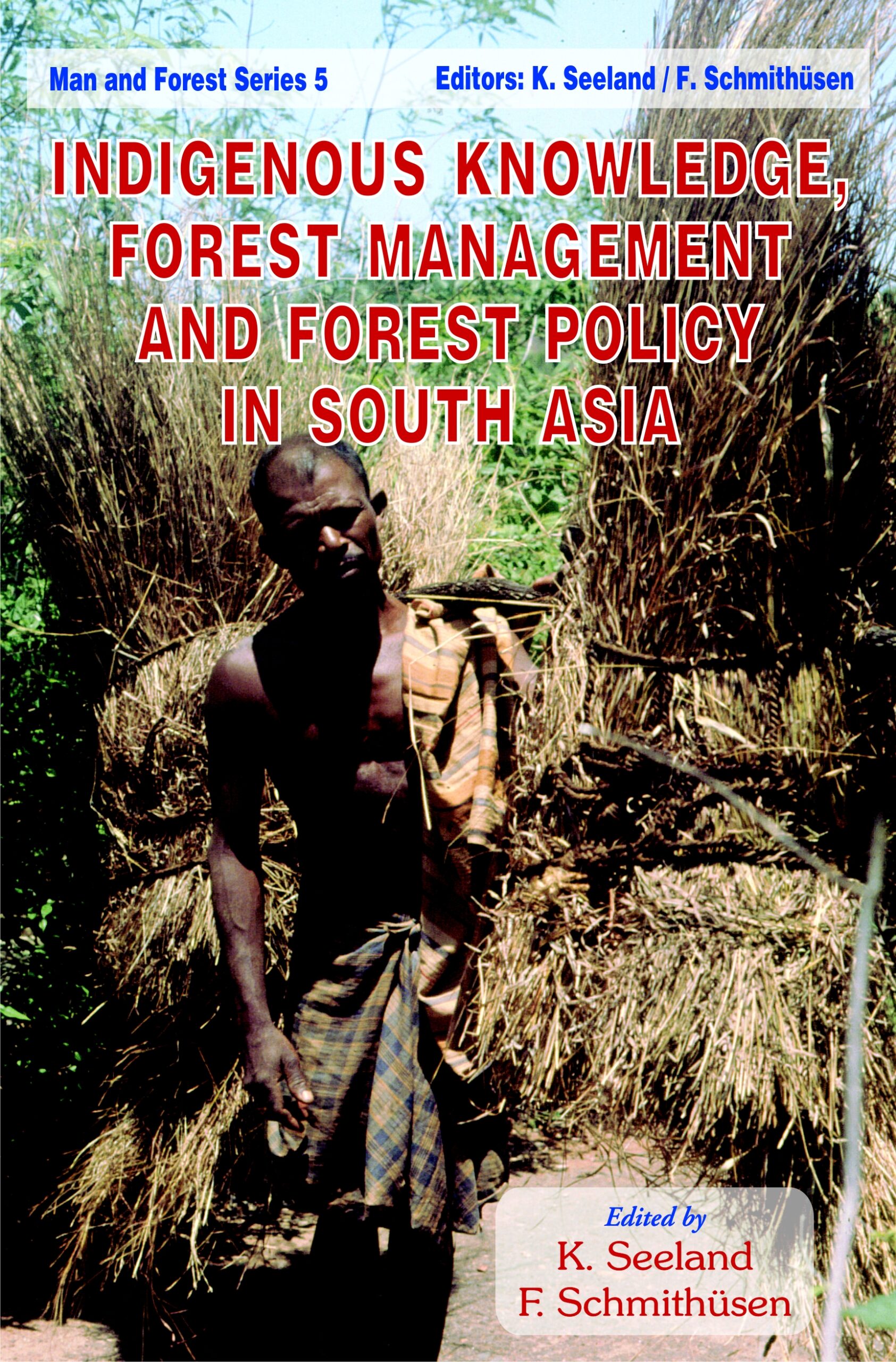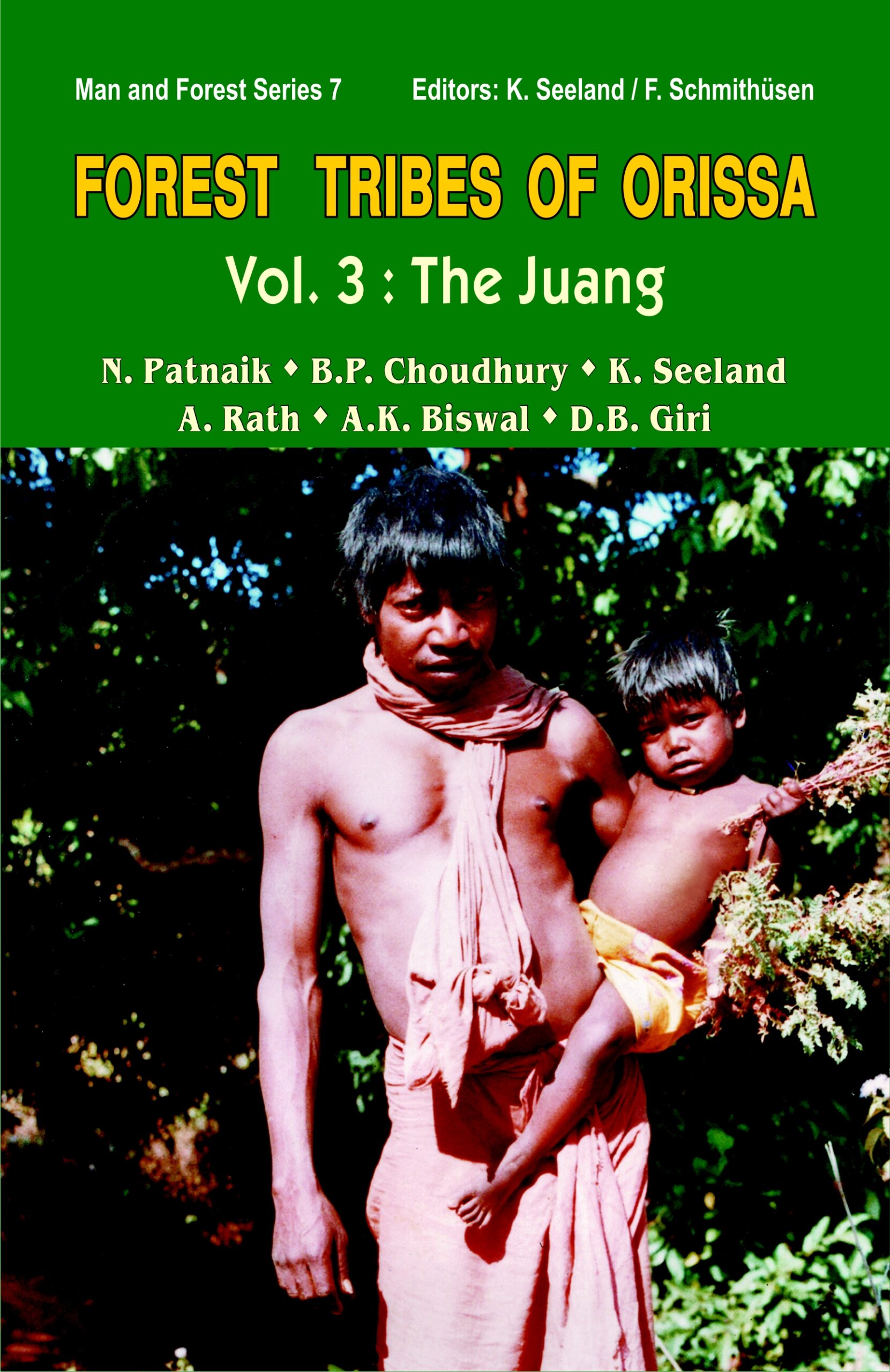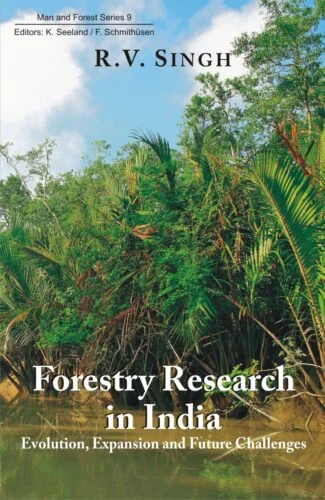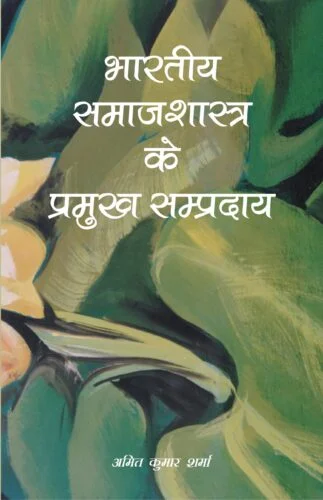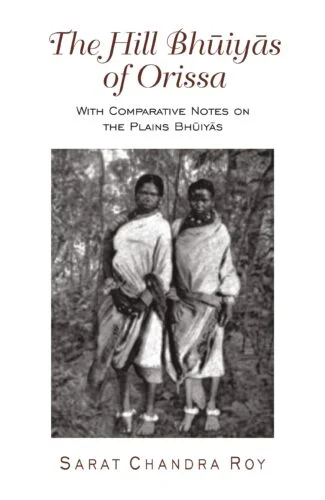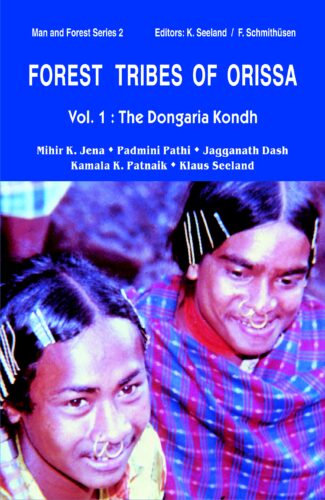

Forest Tribes of Ori...
Forest Tribes of Orissa Vol. 1: Dongaria Kondh Forest
Lifestyle and Social Conditions of Selected Orissan Tribes by: Mihir K. Jena , Padmini Pathi , Jagannath Dash , Kamala K. Patnaik , Klaus SeelandThe study documents the Dongaria Kondh tribal communitys traditional knowledge of their natural environment: how they classify trees, plants, hills, forests, crops and soils and how they have been managing their forests. Meticulously delineated are the Dongarias geographical landscape, economy, socio-political organisation, oral traditions and other socio-cultural aspects.
Original price was: ₹1,650.00.₹1,485.00Current price is: ₹1,485.00.
ISBN: 9788124601891
Year Of Publication: 2002
Edition: 1st
Pages : xxvii, 433
Bibliographic Details : 4 Maps; 19 Figs; 19 Tables; 40 Col. plates; Appendix; Glossary; Bibliography; Index
Language : English
Binding : Hardcover
Publisher: D.K. Printworld Pvt. Ltd.
Size: 23 cm.
Weight: 850
In the management of renewable resources, forests have undeniably a vital role and today, as never before, their conservation is an urgency. In view of this dire necessity, the series Man and Forest tries to highlight the relevance of indigenous knowledge of various South Asian tribal communities in the sustainable management of forests/local resources more specially against the growing challenges of economic development vis-a-vis environmental hazards and a rapidly declining resource base. A scientific inquiry into indigenous knowledge is an effort to discover/ rediscover the tribals traditional modes of production and conservation. For them it is the only source to cope with the problems of modernity affecting their lives and precarious environments. Forest Tribes of Orissa: The Dongaria Kondh is the second book in the series of monographs of Man and Forest, and the first focussing on a tribal community today caught in the transition between an autochthonous lifestyle and fragments of modernity. The authors attempt to document the Dongarias traditional knowledge of their natural environment; how they classify trees, plants, hills, forests, crops, and soils; and how so far they have been managing their forests. Also meticulously delineated, as a backdrop to this study, are the Dongarias geographical landscape, economy, socio-political organisation, oral traditions, belief cosmos, and other relevant socio-cultural aspects. The present book is, as most of the volumes in the series, the outcome of nearly ten-years research venture involving an interdisciplinary, intercultural team of sociologists, ethnobotanists, social anthropologists and other social scientists.
Preface
Abbreviations
List of Figures & Maps
List of Tables
List of Visuals
Map 1: India — Position of Orissa in India
Map 2: Orissa — Bissam Katak Tahasil, District Rayagada
1. Context, Objectives and Research Approach
Geographical Setting
Indigenous Knowledge and Development
Research Objectives
Methods and Techniques of Data Collection
Previous Studies
2. The Dongaria Kondh Community
Village Setting and Arrangement of Houses
Settlement Pattern — Oral History of Dongaria Settlement — Selection of a Site — Villages of the Research Area — Change of a Settlement — Structure of a Settlement — Location of Settlements — Housing Pattern and Space Arrangements — Building New Houses — Construction of Sadar Kudi or Padari Kudi
Social Organisation and Lineage
Family — Other Social Groups
Political Organisation
Jani Punja — Pujari Punja — Mandal Punja — Bisimajhi Punja — Barika
Stratification of Religious Services
Life Cycle Rituals
Birth Rites — Marriage (Hedi) : Arranged Types — Divorce (Pihija Turteyu) — Death Rites (Sudhi or Ambmata Rupina) — Destiny of the Spirit after Death
Inter-Ethnic Relationship
3. The Dongaria Economy
Economic Organisation
Major Sources of Livelihood
Fishing (minka beta) and Hunting (beta)
Food Gathering, Drinks and Narcotics
Livestock Management
Pig (Paji) — Goat (Ada) — Cattle (Kading) — Buffalo (Kadru) — Fowl (Kayu) — Pigeon (Parang)
4. Transmission and Specialists of Knowledge
Practical Knowledge
Learning at Home — Learning in the Forest
Knowledge, Skill and Status of Instrumentalists
Becoming a Shaman
Becoming a Medicine Man or Disari
Case Study I — Case Study II — Case Study III — Case Study IV
A Group Discussion with Elder Priests
Test of Gambling (Juakhela) — Test of Walking on a Rope — Test of Literacy — Collection of Medicine from Pond Bed — The Act of Transformation into a Tiger (Kai Kdani) — Knowledge and its Specialists) — Gender and Wisdom
Hierarchy of Specialists
Disari — Sisa — Peju — Bahuki — Pujuni — Gurmeni — Bajayun or Bajneyun — Budhi — Bateri
5. Oral Traditions and Cosmology
Cosmogonical Myths
The Dongaria Myth of Origin, Phase II : Evolution of Religious Beliefs and Practices
Dongaria Myth of Origin, Phase III : Duku-Dumbe Katha (Duku Dumbes Tale)
The Myth of Niyamraja, Niyamgiri, and Naktivali
Water Resources and Myths Related to Streams
Myths Relating to Streams
Learning from Oral Tradition
Forms of Oral Lore — Narratives Techniques
6. Knowledge of the Supernatural Environment
The Dongaria View of the Supernatural
Divine Environmental Forces
Horu Penu — Danda Penu — Lada Penu — Niyamraja Penu — Kaman Penu — Dharani Penu — Gangi Penu — Sandi Penu — Mardi Penu — Katei Penu — Giri Buleni Penu — Jaura Penu or Jamarani
Household and Village Deities
Ilu Penu — Holu Penu — Handanikudi Penu or SIta Penu — Kandadoe Penu — Tudiaa Penu — Village Deities
Other Deities
Deities Associated with Shifting Cultivation
Worship of Other Important Deities
Gangi Penu — Kidi Penu — Kadiyu Penu
7. Knowledge of the Natural Environment
Social Dimensions of a Hill
Physical Configuration of Hills and their Management
Perception and Classification of Forests
Horu : Hill — Kaman : Forest of Large Trees — Jada : Forest of Small Trees — Hada : Forest of Bushes — Patra or Dasak : Plateaus — Trunjeli Muanri : Restricted Forest — Mahane Dangu : Forest with Cremation Grounds — Nellu and Neta : Swiddens
Perception, Classification and Social Aspects of Plants and Trees
Indigenous Rationale to Perceive Trees and their Parts — The Social Significance of Plants and Trees — Caryota Urens (Mada Mara) — Sargi Mara : Shorea Robusta Gaertn. F. — Bela Mara : Aegle Marmelos (L.) Corr. — Nima Mara : Azadirachta Indica A. Juss. — Made Mara : Lannea Coromandelica (Houtt.) Merr. — Leka Mara : Bombax Malabaricum DC. — Kendu Mara : Diospyros Melanoxylon Roxb. — Bundeni Mara : Cassia Fistula L. — Dhaman Mara : Grewia Tiliaefolia Vahl. — Bija Mara : Pterocarpus Marsupium Roxb. — Mading : Bambusa Species — Heperi : Thysanolaena Maxima O. Ktze. Syn : Thysanolaena Agrostis Nees. — Wika : Themeda Arundinacea — Paeri : Bauhinia Vahlii Wt. & Arn.
Perception of Life of Natural Objects
Classification of Soil
8. Knowledge of Cultivation
Shifting Cultivation
Basic Features of Shifting Cultivation — Stages of Shifting Cultivation
Traditional Distribution of the Hill Lands and Land Classification
Ploting of Hill Lands and Denominations — Traditional Land Distribution Pattern — Land Classification
Swidden Products, Agricultural Practices and Protection Measures
Pigeon-Pea (Cajanus Cajan L. Millsp.) : Kaanga — Cow Pea (Vigna Indica L.) : Jhudunga Cow Pea : (Vigna Species) : Katinga — Castor (Ricinus Communis L.) : Kabang — Yam (Dioscorea L.) : Uhakuna — Sweet Potato (Ipomoea Batatas (L.) Lam.) : Ranikuna — Tapioca (Manihot Esculenta Cranz) : Leka Kuna — Bird Chilli (Capsicum Frutescens L.) : Ichun Adna
Mid-Term Agricultural Practices
Huda Rena : Weeding — Transplanting — Harvesting — Fallow Period — Safeguarding the Crops and Trees
Horticulture and other Important Crops
Bada : Orchards — Important Horticultural Plants — Swidden Vs. Horticulture
9. Knowledge of Forest Management
Utilisation of Kaman, Jada and Hada
Religious Aspects of Forest Management
The Forest as a Resource
Aspects of Indigenous Forest Conservation
Conservation as a Tradition
10. Dongaria and Tribal Natural Resources Ownership Claims : An Outlook on Indian Forest Policy
The Forest Around the Dongaria Habitat
Interference in Forests
Problems with Minor Forest Produce (MFP)/Non-Timber Forest Products (NTFP)
Conservation Strategy and Joint Forest Management (JFM)
Forest Policy in India with a Glance at Orissas Forest Culture
Appendix: List of Botanical Names
Glossary
Bibliography
Visuals
Index




